Alpha-lipoic acid, the universal antioxidant? Part 2
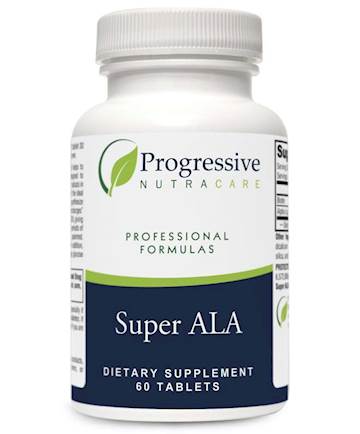
In our last blog, we focused on the research on Alpha-lipoic acid as support for a variety of conditions. We covered its potential usefulness as an antioxidant, its antidiabetic properties, particularly in treating neuropathy, its potential to help control and slow Alzheimer’s disease, initial trials in its effectiveness in cancer treatments, use for weight loss- particularly for the obese, its potential as a way to moderate the effects of Multiple Sclerosis, and its use in pregnancy. ALA is a powerful antioxidant, and that combined with its ability to scavenge ROS, free radicals, and glucose and its ability to increase depleted sources of glutathione are at the root of its studied efficacy in treating a wide range of disease states. In this blog, we will examine the debate over types of ALA, and what metrics are important to determine which ALA product to use.
What is ALA?
Alpha-lipoic acid, also known as ALA, is different from Alpha-linoleic acid, also abbreviated as ALA, and has antioxidant properties as well. They are not the same at all. The studies referenced in our previous blogs are all referencing Alpha-lipoic acid. ALA was discovered in the early 1950s and has been studied quite extensively since then. It was thought originally to be a vitamin, but it was realized that it was produced in the human body in small amounts. Unfortunately, the body doesn’t produce enough ALA on its own, so increasing ALA must be through diet and/or supplementation. ALA is found in a number of foods including spinach, broccoli, tomato, brussels sprouts, tomatoes, rice bran, and red meat. There are two forms of ALA, R enantiomer and S enantiomer types. Type R is the type found in nature, and type S is synthesized. It might seem automatic that type R would be preferable since it is natural, but it's a bit more complicated than that as we’ll see.
Bioavailability
The first factor that matters is bioavailability, meaning how much of the ALA can be uptaken by the body and used effectively. Type R ALA is indeed found in nature, meaning in the small amount we make ourselves, and is the type found in food. A survey of the available studies by Salehi in 2019 points out that “Data suggests that ALA has a short half-life and bioavailability (about 30%) triggered by its hepatic degradation, reduced solubility as well as instability in the stomach.” The same article explains that this is unfortunate since “The R enantiomer of ALA shows better pharmacokinetic parameters, including increased bioavailability as compared to its S enantiomer.” (same source). So if type R is better, but it only has 30% bioavailability and it has a short half-life (how long it lasts in the body) because it is cleansed by the liver and broken down in the stomach, and is not very soluble, how do we solve that in a supplement. Let’s continue with other factors.
Stability
Since type R is so susceptible to break down, but appears superior to type S, then how do you make type R more stable? Taking type R on its own is likely to cause the ALA to have a very short half-life, hence the need to stabilize it. One way that has been proposed to stabilize type R ALA is to add an amphiphilic matrix (also Salehi in 2019). An amphiphilic matrix means that you would add a binding agent to the type R ALA (like lecithin) and that binding agent would allow more stability and therefore greater half-life. While this approach has some merit, it means that only type R would be introduced. Parente, et al in 2017 argue in a study of the use of ALA during pregnancy that “The enrolled patients had received orally a therapeutically effective dose of ALA provided as a racemic mixture of both R and S enantiomers. The presence of S-ALA form avoids the polymerization of R-ALA13 and increases the overall bioavailability of the dietary supplement” and “Normally the dietary supplements made from ALA contain a mixture of both R- and S-enantiomers. This is the best choice because the two stereoisomers are absorbed and metabolized differently depending on the site of uptake, which implicates the involvement of different enzymes” What does this all mean? Well, for starters, it means that not only is the S form of ALA necessary to help stabilize the natural R form of ALA and to help it to do its job, but that the S form has some unique properties of its own that may increase health, and that a racinated mixture (mixed at various percentages) is not only logical but preferential over straight ALA R. Those companies that offer “stabilized” ALA type R may be missing out on the more documented stabilization of adding type S, but also the health effects to be gained from doing so. On the other hand, perhaps they ARE adding type S and there is nothing to set their product apart.
Half-Life
It has been suggested in some studies that not only type R, but that liquid forms of ALA are preferable for bioavailability and solubility. The problem with liquid forms is that all of the ALA is released at once and a constant supply of ALA is preferable (half-life is longer). Others are in gel caps, which although a little better than the liquid for half-life, are still degraded more quickly. Better yet are capsules that dissolve more slowly over time and more slowly release ALA- more at the beginning of taking the capsule, and less as the capsule gets smaller in the stomach. Combined with the right ingredients, a capsule can be an effective time-release vehicle to keep the effects of the ALA constant. The ALA available from Progressive Nutracare not only is in capsule form but is manufactured for us using a patented time-release formula that ensures longer bioavailability- for as long as 8 hours!
Dosage and how to take
In order to ensure enough ALA reaches the bloodstream and is bioavailable, and to ensure that a capsule can release enough over time, studies have found that 600mg is an appropriate dose, either once, twice, or three times a day depending on the condition being treated and your physician's advice. ALA may compete with biotin if used over a long period of time because Alpha lipoic acid lowers the activities of pyruvate carboxylase and beta-methylcrotonylCoA carboxylase in vivo by competing with biotin. Add biotin to your regimen if you are planning to use ALA as a regular supplement, or better yet, use a formulation like Super ALA from Progressive Nutracare that already contains biotin. ALA should be taken about ½ an hour before meals- you want to give the initial release of ALA a chance to be absorbed, but also avoid any upset stomach by taking a tablet too long before having food. According to the Linus Pauling Institute at Oregon State University, “Lipoic acid is available as a dietary supplement without a prescription in the US. Most lipoic acid supplements contain a racemic mixture of R-lipoic acid and S-lipoic acid (sometimes noted d,l-lipoic acid). Supplements that claim to contain only R-lipoic acid are usually more expensive, and information regarding their purity is not publicly available. Since taking lipoic acid with a meal decreases its bioavailability, it is generally recommended that lipoic acid be taken 30 min prior to a meal”.
Like many supplements out there, there is a lot of confusion, a lot of hype, and dubious claims made for why some formulations are so much better. Look for a rational explanation backed up by scientific studies to make your supplement choices. Quality isn’t established just by word of mouth but by testing components of various supplements and making a choice based on the facts.
*By including product links in this article, Progressive Nutracare is providing a reference to our readers to assist in searching and cataloging the site. These products have not been evaluated by the F.D.A. are not intended to treat, diagnose, cure, or prevent disease.
- Tags: Article Cancer Immune Weight Management
- Robert Thomas

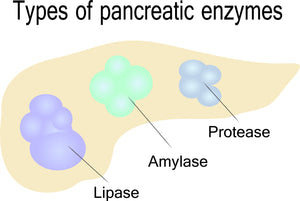

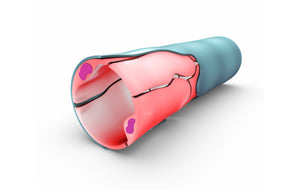
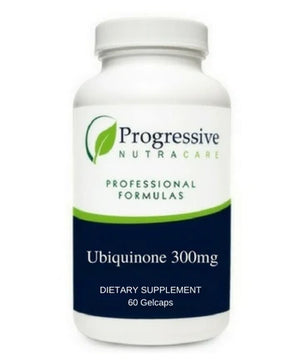

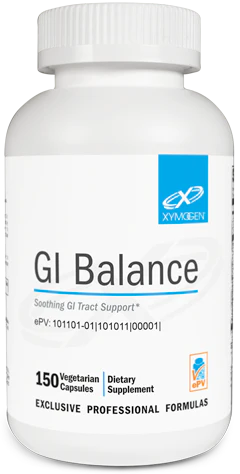
Comments 0